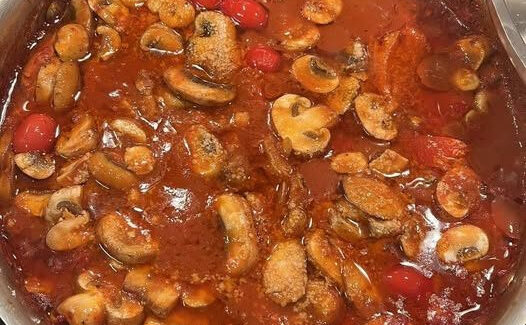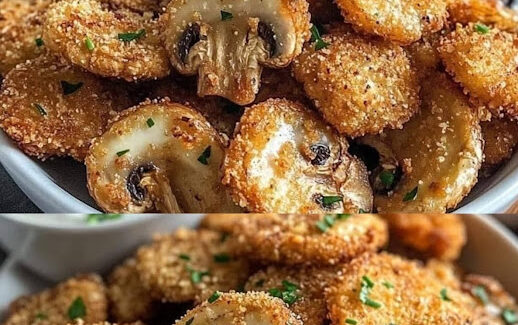
What Is SPAM and What Is It Made Of, Anyway?
SPAM — the small blue can with bold, blocky letters — is a food icon that has found its way into pantries, war zones, breakfast platters, and even pop culture. Love it or loathe it, SPAM is a product that’s survived over 85 years on grocery shelves around the world. But what exactly is SPAM? What’s in it? And can you really make your own version at home? Let’s uncover the mystery meat once and for all.
What Is SPAM?
SPAM is a canned meat product that was introduced in 1937 by Hormel Foods Corporation in the United States. Originally created as a way to extend the shelf life of pork, SPAM became a staple during World War II due to its long-lasting nature, affordability, and protein-rich profile. Over the decades, it gained popularity in countries like South Korea, the Philippines, Japan, and Hawaii — where it’s even considered a local delicacy.
Despite many jokes and misunderstandings, SPAM is not mystery meat. It’s made from simple ingredients — and that’s part of the reason it’s still going strong today.
What Is SPAM Made Of?
Surprisingly, SPAM contains only six ingredients:
- Pork with Ham – This is primarily ground pork shoulder with a bit of cured ham added.
- Salt – For seasoning and preservation.
- Water – Helps in blending and keeping the meat moist.
- Modified Potato Starch – Acts as a binder to hold everything together and prevent separation during cooking.
- Sugar – Adds a touch of sweetness and balances the salt.
- Sodium Nitrite – A preservative that helps the meat keep its pink color and prevents bacterial growth.
That’s it. No mystery. No fillers. No unpronounceable ingredients.
How Is SPAM Made? (Commercial Method)
Though you might imagine an industrial process filled with secret steps, SPAM’s creation is surprisingly straightforward:
Step-by-Step Industrial Process:
- Meat Preparation
Pork shoulder and ham trimmings are ground together into a fine paste. This ensures the uniform texture SPAM is known for. - Blending with Ingredients
The ground meat is mixed with salt, sugar, water, modified potato starch, and sodium nitrite in massive mixers until the mixture is consistent and sticky. - Canning
The meat blend is injected into SPAM cans using special equipment that fills them with exact portions and removes air to prevent spoilage. - Sealing
The cans are vacuum-sealed to ensure no contamination and longer shelf life. - Cooking
Sealed cans are cooked in large pressure cookers for about three hours. This step fully cooks and sterilizes the product inside the can. - Cooling and Labeling
After cooking, the cans are cooled, labeled, and boxed for shipping worldwide.
How to Make Homemade SPAM (DIY Method)
Want to try a homemade version without preservatives? Here’s a simplified recipe to recreate SPAM in your own kitchen.
Ingredients:
- 500g ground pork shoulder
- 150g ham (finely chopped)
- 1 tbsp salt
- 1 tbsp sugar
- 2 tbsp potato starch or cornstarch
- 1/2 tsp garlic powder (optional)
- 1/4 cup water
- A few drops of pink curing salt (optional, for color and preservation)
Step-by-Step Homemade Method:
1. Prepare the Meat
Use a food processor to grind the pork shoulder (if not already ground). Add finely diced ham to it and pulse until well mixed but not completely smooth.









No Responses Yet